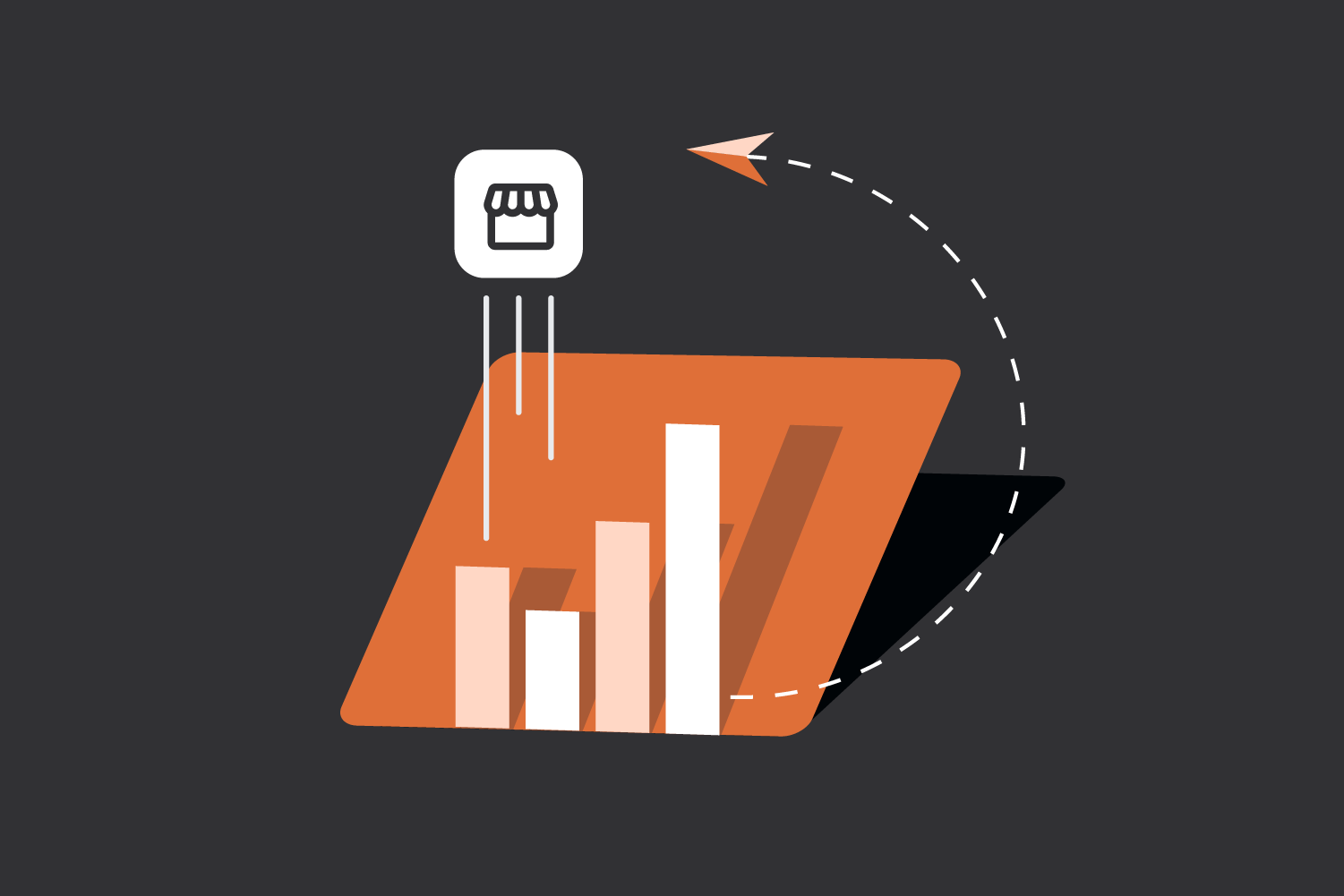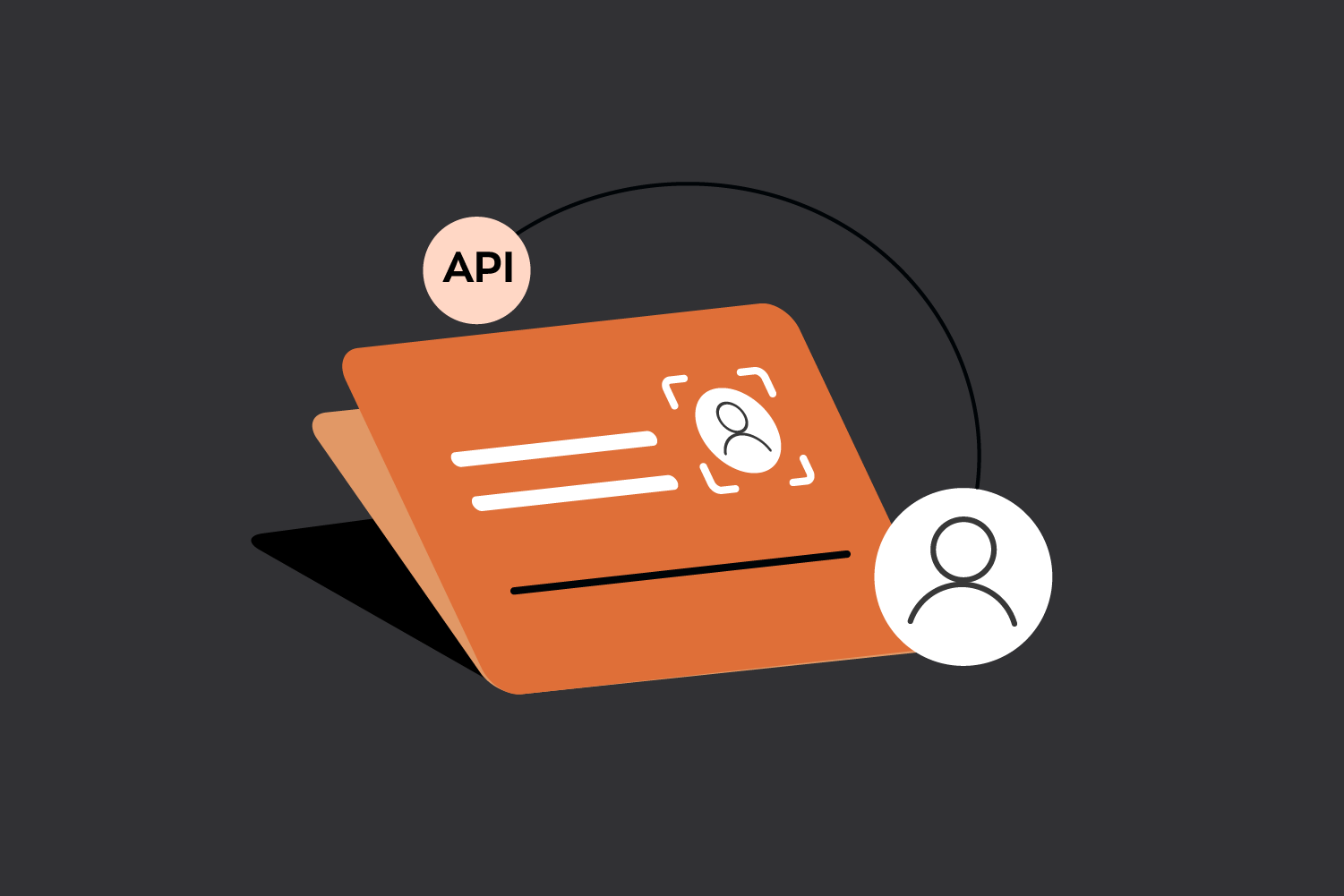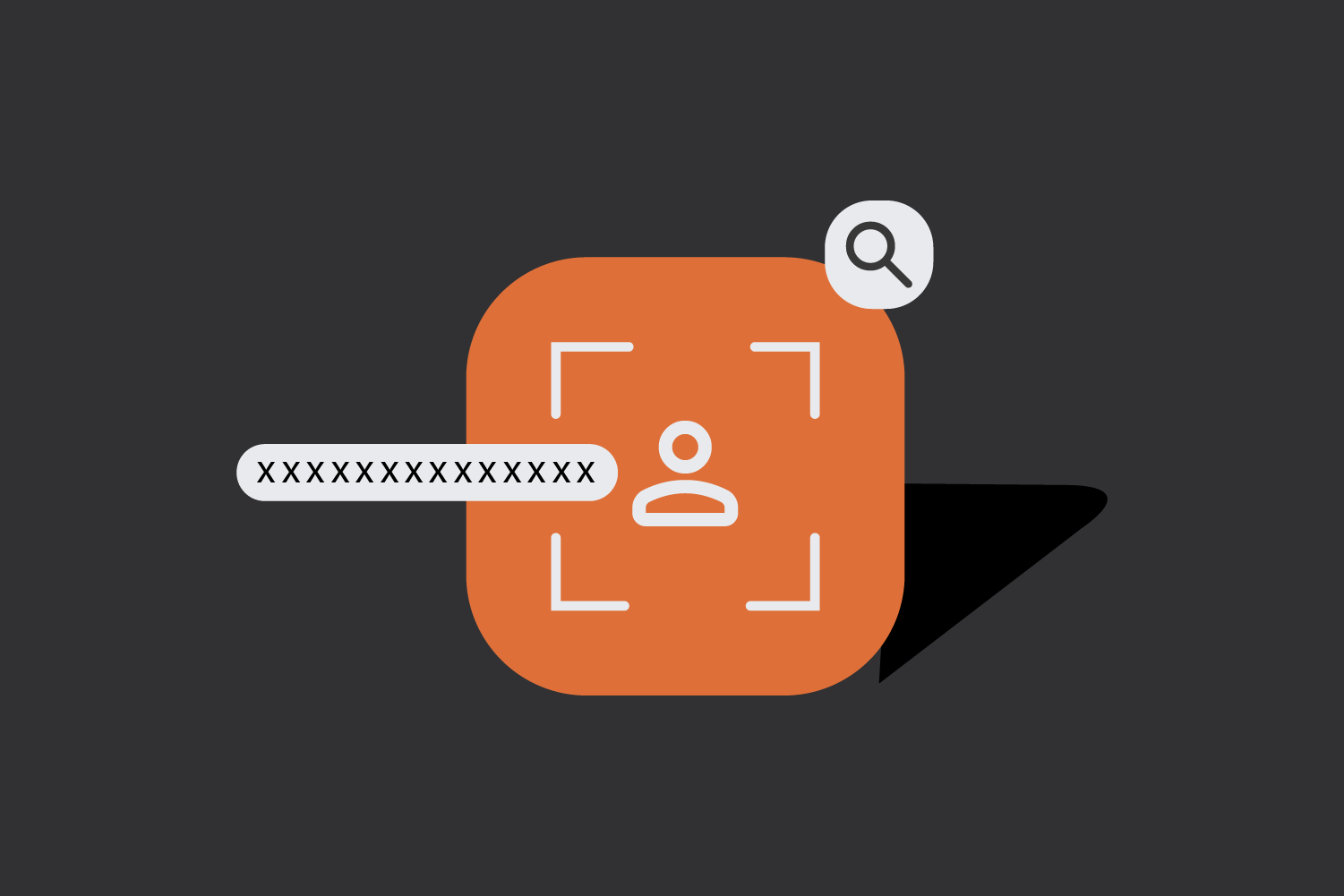The way we pay for things has changed dramatically over the past decade. Remember when carrying cash was essential? Today, all you need is your smartphone. Mobile payment applications have made handling money easier, faster, and more convenient than ever before. Let’s explore how these apps are changing our daily lives and what you need to know about them.
The Evolution of Mobile Payments
The journey from cash to mobile payments has been fascinating. Before smartphones, we relied heavily on cash and credit cards. The first major shift came with online banking, but mobile payments took things to a whole new level. When smartphones became common, the financial industry saw an opportunity. They created secure, easy-to-use payment solutions that fit in our pockets. Now, paying with your phone feels as natural as making a call.
Today, mobile payments have become so common that many people rarely carry cash anymore. From buying coffee to splitting dinner bills with friends, these apps handle it all.
Types of Mobile Payment Solutions
The world of mobile payments offers various options to suit different needs:
- Digital wallets – Apple Pay and Google Pay store your card details securely, letting you pay with a simple tap of your phone at stores. These have become popular for their speed and convenience at checkout counters worldwide.
- Peer-to-peer apps – Venmo and Cash App excel when you need to split bills or pay friends. They’ve turned awkward money conversations into simple, even fun, social interactions. Send money with a few taps and even add fun emojis to your payments.
- Bank payment apps – Many banks now offer their own mobile payment solutions. These combine traditional banking features with modern payment capabilities, giving you everything in one place. For Example, HDFC Bank’s PayZapp allows users to handle bill payments, mobile recharges, shopping, and fund transfers through a single integrated platform.
- QR code payments – Popular in many countries, apps like WeChat Pay let you pay by scanning QR codes. They’re especially useful for small businesses that can’t afford expensive payment terminals.
- Mobile point of sale (mPOS) – These turn smartphones or tablets into payment terminals. Small businesses prefer them because they can accept card payments anywhere without expensive equipment. Think of food trucks or market vendors using card readers attached to phones.
Key Features and Benefits of Mobile Payment Application
These apps offer more than just payment convenience:
- Speed – No more fumbling with cards or counting change. Pay in seconds with a tap or scan.
- Transaction history – See all your spending in one place, making budgeting much easier.
- Rewards programs – Many apps offer cashback, points, or discounts on purchases.
- Bill splitting – Share expenses with friends without complex calculations or IOUs.
- Budget tools – Track spending patterns and set financial goals easily.
- Paper-free receipts – Store all your purchase records digitally.
Security Considerations
Security is a top priority for mobile payment apps. They use advanced encryption and tokenization to protect your information, replacing sensitive card details with unique tokens for each transaction. Most apps also require biometric verification (like your fingerprint) for added security. However, it’s still important to stay cautious.
Some basic safety tips include:
– Never share your PIN or password.
– Use strong, unique passwords for each app.
– Enable two-factor authentication when available.
– Only download payment apps from official app stores.
– Keep your phone’s operating system updated.
Choosing the Right Mobile Payment Application
When picking a payment app, consider:
- Where you’ll use it most.
- What your friends and family use.
- Fees for different types of transactions.
- Available features like budgeting tools.
- Security options.
- User reviews and ratings.
Different apps work better in different situations. For instance, if you frequently split bills with friends, certain payment apps can be ideal. For in-store purchases, your bank’s app or Apple/Google Pay (Gpay) might be more convenient.
Interested in our APIs? Let’s talk!
Tell us your automation goals, and we’ll set you up with a free, personalized demo from our API expert.
Click HereConclusion
Mobile payment apps have revolutionized how we handle money, making transactions simpler, faster, and often more secure than traditional methods. As these apps continue to evolve, they’ll likely become even more central to our daily lives.
Whether you’re new to mobile payments or already using them, it’s worth exploring the features different apps offer. Start with one that matches your needs, and you’ll quickly discover why so many people are embracing this technology.
Remember, the best payment app is the one that fits your lifestyle and makes managing your money easier. As we move toward an increasingly cashless society, having a reliable mobile payment solution isn’t just convenient – it’s becoming essential.
FAQs
1. What is a mobile payment app, and how does it work?
A mobile payment app allows you to send, receive, and make payments using your smartphone. It links to your bank account, debit/credit card, or digital wallet, enabling secure transactions online and in stores.
2. Are mobile payment apps safe to use?
Yes, most mobile payment apps use encryption, biometric authentication, and fraud protection to keep your transactions secure. Always enable security features like PIN or fingerprint lock for extra safety.
3. Do I need an internet connection to make payments?
It depends on the app. Some require an internet connection, while others, like NFC-based payments (Apple Pay, Google Pay, Samsung Pay), can work offline for in-store purchases. Samsung Pay also supports MST and QR code-based payments. However, P2P apps typically require an internet connection to send and receive money.
4. Can I use a mobile payment app on multiple devices?
Yes, most apps allow you to log in on multiple devices, but they may require verification for security reasons. Check the app’s settings to manage connected devices.
5. What are the benefits of using mobile payment apps over cash or cards?
Mobile payment apps offer convenience, faster transactions, better security, and contactless payments. They also help track spending, split bills easily, and sometimes provide cashback or rewards.



0 Comments